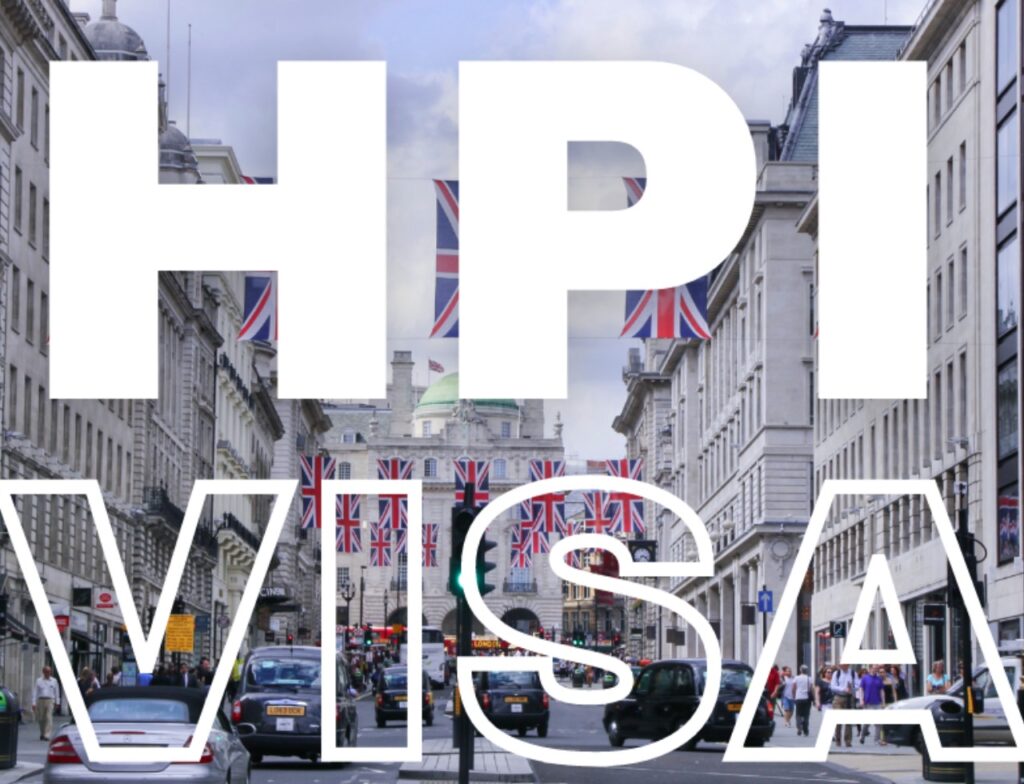The latest Visa Bulletin for August 2024 has come out, and there is a small advancement for India in the EB-2 and EB-3 categories. However, other EB categories remain unchanged. In the first preference category (EB-1, Priority Workers), the dates remain unchanged for all countries of chargeability. Regarding EB-1 India, the date remains the same – February 1, 2022.
Key Points for Indian Applicants
This update is particularly relevant to EB-2 and EB-3 applicants from India as any shift in priority dates affects their green card application process. Even though these improvements are incremental they offer a degree of optimism for many who are queued.
The lack of a change on the EB-1 category means that there is high usage and that there is further backlog expected. The consistent trend of February 1, 2022, shows that applicants will have to wait for longer for priority dates to become current.
Understanding the Visa Bulletin
The Visa Bulletin is important for people who are seeking Green Card because it contains the information about period for immigration status change and eligibility depending on the submission of application. The bulletin acts as a guide for the Green Card journey, featuring two essential sections:
⦁ Dates for Filing: This section identifies the date when applicants can file for adjustment of status or an immigrant visa. It assists applicants in knowing when they can file their paperwork depending on the visa category and country of the applicant.
⦁ Final Action Dates: These dates give an indication of the amount of time it takes for applications to be approved and lead to an applicant’s permanent residency. They serve as queues by visa category and nationality, which inform applicants when their applications will be attended to.
For employment-based green card (EB) adjustments, applicants planning to file in August 2024 must have the application date before a specific date mentioned for their category and country to qualify to file.
Information from the August 2024 Visa Bulletin
Family-Sponsored Applications
For the family-sponsored immigrants, the Visa Bulletin explains preference categories that are fundamental for Green Card application.
First Preference (F1): Unmarried sons and daughters of U.S. citizens
Second Preference (F2): Spouses and children and unmarried sons and daughters of permanent residents
⦁ F2A: Spouses and children of permanent residents
⦁ F2B: Unmarried sons and daughters of permanent residents who are 21 years of age and above.
Third Preference (F3): Married Sons and Daughters of U. S. Citizens
Fourth Preference (F4): Siblings of Adult United States Citizens
The bulletin contains comprehensive information on the distribution of the immigrant visas, predicated on priority dates and the request received by April 1st of the respective fiscal year. This means that if there are more people applying for a given category or country than the number of visas available in that category, then the category is regarded as oversubscribed. For the categories that were oversubscribed, the final action date is the date before which all applicants under the category could be accommodated depending on the numerical limit.
In the fiscal year 2024, the global limit for family-sponsored immigrants is 226000, with each preference category having a specified quota. Moreover, there is the provision of per-country limits, where the number cannot exceed 7% of the total annual family-sponsored and employment-based preference limits. Immigrant visas are prioritized according to the date the petition was filed with the board.
It is, therefore, important for anyone applying for an immigrant visa to understand these fine details. Hence, the Visa Bulletin plays a crucial role of offering specific information on the availability of the visa and the time it takes to process it, therefore helping the applicants to plan on their immigration properly.
FINAL ACTION DATES
| Family-Sponsored | INDIA |
| F1 | 22 October, 2015 (unchanged) |
| F2A | 15 November, 2021 (unchanged) |
| F2B | 15 November, 2021 (unchanged) |
| F3 | 1 April, 2010 (unchanged) |
| F4 | 22 January, 2006 (unchanged) |
DATES FOR FILING
| Family-Sponsored | INDIA |
| F1 | 1 September, 2017 (unchanged) |
| F2A | 15 June, 2024 (was 1 November, 2023) |
| F2B | 1 January, 2017 (unchanged) |
| F3 | 1 January, 2011 (was 1 October, 2010) |
| F4 | 15 June, 2006 (unchanged) |
Employment-Based Preferences
Now, let us take a closer look at how the employment-preference categories are rationed with a view to granting immigrant visas: These categories and the percentages of allocation should be well understood by anyone who is interested in acquiring an employment-based immigrant visas.
1. Priority Workers: This category gets 28. 6 percent of the global employment-based preference level. It includes:
⦁ The disabled are people who have special talents in their area of specialization.
⦁ Outstanding professors and researchers
⦁ Multinational executives or managers
⦁ Also, any available numbers not assigned to the fourth and fifth preferences may also be placed here.
2. Members of the Professions Holding Advanced Degrees or Individuals of Exceptional Ability: This category is also allotted 28. 6 percent of the worldwide employment – based preference cap, plus all numbers not used in the first preference.
⦁ Individuals with advanced degrees
⦁ People with special skills in their areas of specialty
3. Skilled Workers, Professionals, and Other Workers: This category gets 28. 6% of the worldwide level, plus any numbers that are not needed by the first and second choices. It includes:
⦁ Skilled workers and professionals
⦁ The “Other Workers,” who are engaged in unskilled labor and the number of visas granted to them is limited to 10,000.
4. Certain Special Immigrants: This category is allocated 7.
⦁ Religious workers
⦁ Some of the US foreign service posts workers
⦁ Active individuals in the United States military
5. Employment Creation: This category also receives 7. One percent of the global level. It is further divided to ensure targeted investment and job creation:
⦁ 20% for qualified immigrants investing in rural areas
⦁ 10% for the people investing in such areas of high unemployment.
⦁ 2% for those investing in the infrastructure projects.
⦁ The remaining 68% is unhampered and available to all other qualifying investors
These employment preference categories for immigrants are meant to bring in skilled workers with the purpose of increasing the United States’ economic productivity. With these allocation percentages and categories in mind, applicants can better comprehend the U. S. immigration and prepare themselves and their applications accordingly.
FINAL ACTION DATES
| Employment-based | INDIA |
| 1st | 1 February, 2022(was 1 March, 2021) |
| 2nd | 15 July, 2012 (was 15 June, 2012) |
| 3rd | 22 October, 2012 (was 22 September, 2012) |
| Other Workers | 22 October, 2012 (was 22 September, 2012) |
| 4th | 1 January, 2021 (unchanged) |
| Certain Religious Workers | 1 January, 2021 (unchanged) |
| 5th Unreserved (including C5, T5, I5, R5) | 1 December, 2020 (unchanged) |
| 5th Set Aside:Rural (20%) | Current |
| 5th Set Aside: High Unemployment (10%) | Current |
| 5th Set Aside: Infrastructure (2%) | Current |
DATES FOR FILING
| Employment-based | INDIA |
| 1st | 8 February, 2022 (unchanged) |
| 2nd | 22 July, 2012 ( was 22 June, 2012) |
| 3rd | 1 November, 2012 (was 1 October 2012) |
| Other Workers | 1 November, 2012 (was 1 October 2012) |
| 4th | 1 February, 2021 (unchanged) |
| Certain Religious Workers | 1 February, 2021 (unchanged) |
| 5th Unreserved (including C5, T5, I5, R5) | 1 April 2022 (unchanged) |
| 5th Set Aside:Rural (20%) | Current |
| 5th Set Aside: High Unemployment (10%) | Current |
| 5th Set Aside: Infrastructure (2%) | Current |





